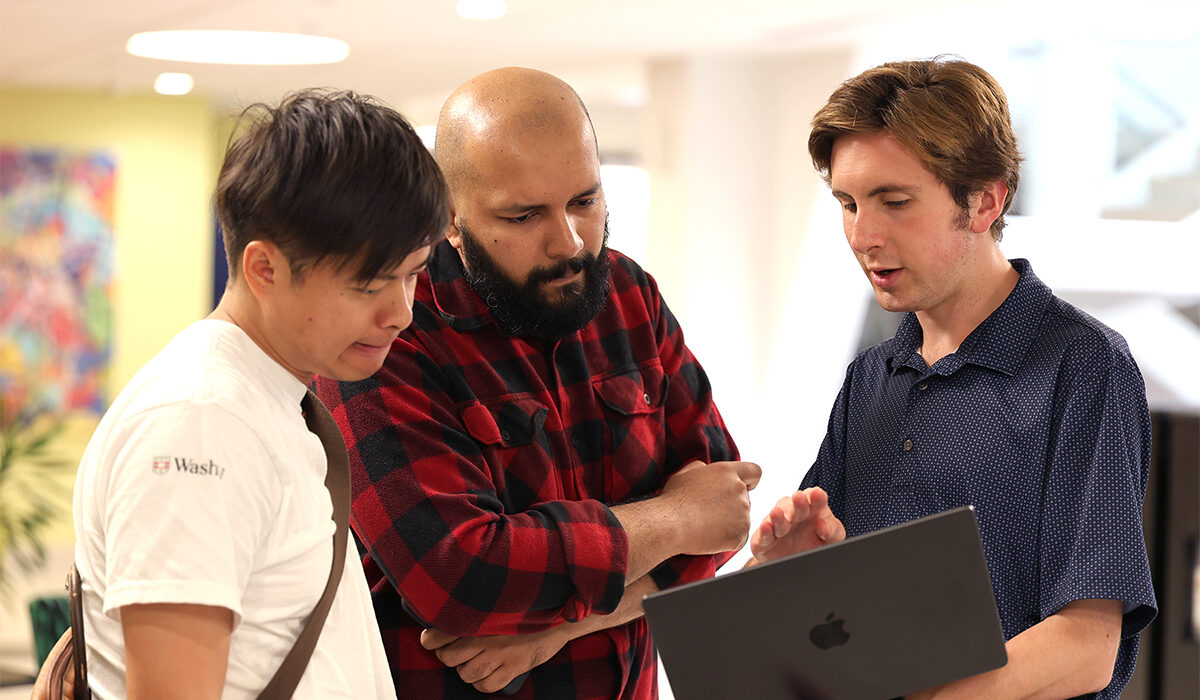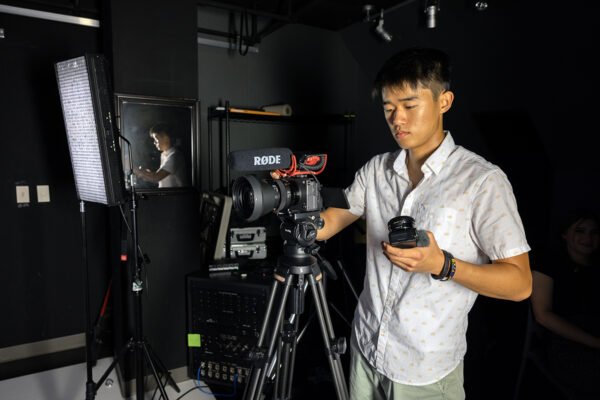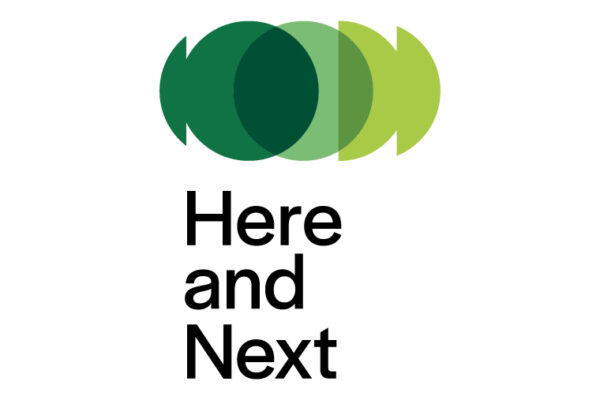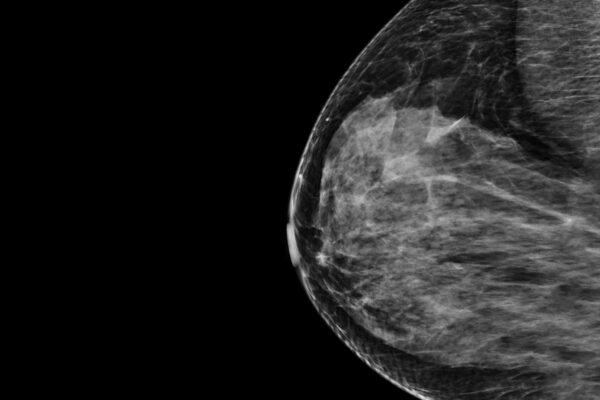A chatbot that enables Missourians to access their birth certificates.
A dashboard that helps policymakers and the public make sense of local demographic and health data.
An application that connects WashU researchers — tech-savvy or not — to the university’s high-performance computing clusters.
This summer, students in WashU’s Digital Transformation Summer Corps developed artificial intelligence (AI)-driven tools and products that advanced eight important interdisciplinary research projects. The new program is part of the Digital Intelligence & Innovation (DI2) Accelerator, a “Here & Next” initiative to speed research with digital tools and equip learners with digital competencies. Over 10 weeks, the cohort of 18 talented students gained new skills in machine learning, received mentorship from AI experts and collaborated with researchers from different schools and disciplines.
“Each one of these faculty projects is addressing big pressing questions of our age,” said Betsy Sinclair, assistant vice provost for digital transformation and the Thomas F. Eagleton University Professor of Public Affairs and Political Science in Arts & Sciences. “The students had an opportunity to dive off into the great unknown and see if they could build something that actually works. They not only developed programming skills, they also learned how to work in an AI-enabled collaborative environment, where everyone has multiple roles and has to deliver on a deadline. It’s incredible how much they accomplished.”
Lowering barriers for researchers
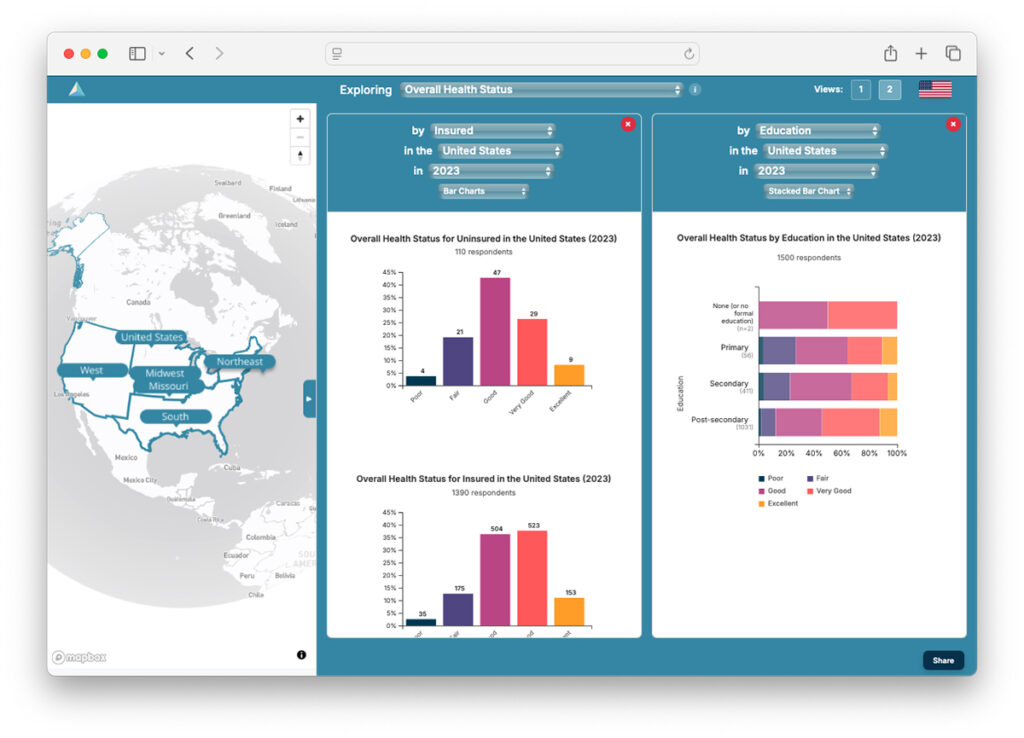
One of those students was Andy Hoette, a junior studying computer science in the McKelvey School of Engineering and mathematics in Arts & Sciences. His team set out to make the university’s advanced computing tools easier to understand and use. Often, Hoette explained, faculty members request more computing power than they need; other researchers don’t know how to take full advantage of WashU’s centralized computing cluster. In response, Hoette and his fellow undergraduate developers built a chatbot that provides easy-to-follow, personalized instructions. They also created a centralized library of reusable code, enabling any researcher — tech-savvy or not — to become a programmer. The team’s work will have an immediate and large impact across campus.
“Our guiding philosophy is that we want this to be as seamless and as easy as possible for the researchers, and we’ve been able to achieve that,” Hoette said. “It’s definitely a good feeling to lower barriers for those professionals who may not be as technical. Now they can ask the chatbot, ‘Hey, I have this project. How do I run it? What are the steps? What tools do I need?’ And it will tell you.”
Meanwhile, students Ahmad Hamzeh and Dev Gupta, along with their teammates, developed a cutting-edge AI vision-language model that will help researchers from the School of Public Health, McKelvey Engineering, Arts & Sciences and the Center for the Environment answer questions about a neighborhood’s walkability, greenery and safety.
“We have street-view maps, AI models that are able to interpret maps and language models that you can converse with. Together, those tools allow you to ‘speak’ with a city,” said Gupta, a senior who is also studying computer science at McKelvey Engineering. “You can ask it anything: ‘What is the greenery in this remote area of St. Louis? What are the speed limits in this section of the city?’ And the model will automate all that workflow and remotely assess these cities without having to physically survey areas.”
The team hit roadblocks along the way, the biggest being the days required to run a single data request. However, after consulting with their mentors, the students dramatically cut processing times.
“We do have a lot of things that we wanted to accomplish that we weren’t able to,” Hamzeh said. “But we were able to have a lot of conversations with people in the program who helped us think about new solutions. The more we work on it, the more we realize we can push the product. I’m not ready to give up.”
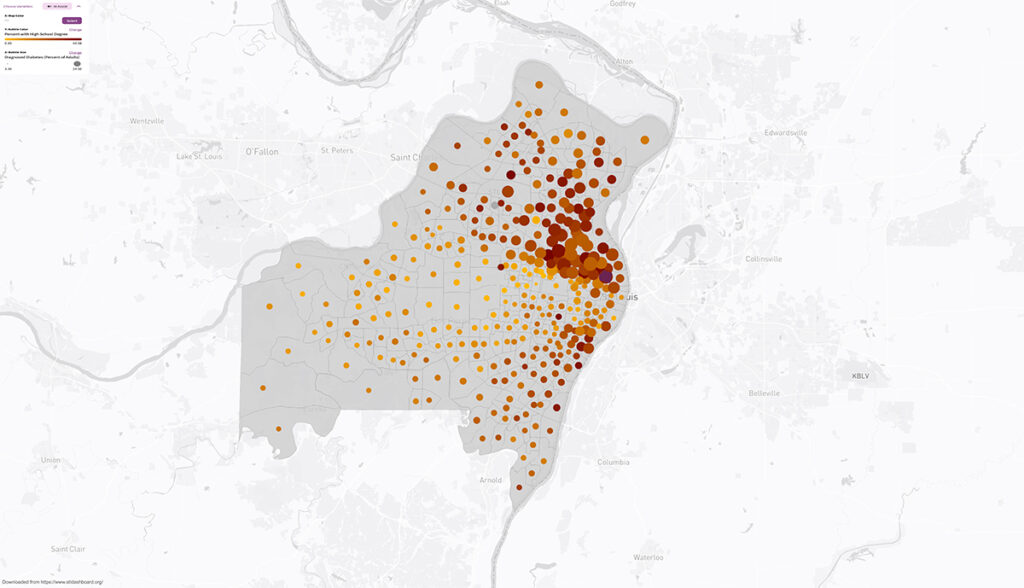
Dan Maranan, DI2’s executive director, helped establish the summer program, identifying the summer’s projects and recruiting student participants. He said he encouraged students to embrace a “failure is an option” mindset.
“I essentially told the staff and the students, ‘Don’t be afraid to use AI. Use AI to help us plan, to organize, to help us think critically about the work that we’re doing,” Maranan said. “Many of the teams exceeded their goals, coming up with additional ideas and features for their products. They even pushed their researchers to think about ideas for their research.”
Maranan, Sinclair and Nathan Jacobs, assistant vice provost for digital transformation, a professor of computer science and engineering at McKelvey Engineering and co-director of the Geospatial Research Initiative, want to build a campus community of developers. They plan to launch new classes and hands-on learning experiences for student programmers and data scientists. Ultimately, they expect these programs will accelerate research, leading to more opportunities for external funding.
Equally important, DI2 initiatives such as the Digital Transformation Summer Corps and other training programs for both technical and nontechnical students will create a new generation of graduates ready to lead in an AI economy.
“Our students were promised that WashU would provide a transformational education, and we are delivering on that promise,” Sinclair said. “They are learning all of the tools they will need to thrive as part of an AI-enabled workforce, and they are learning how to lead, accept criticism, be part of a team, all while working on the frontier of knowledge. That sort of education only happens at a research university like WashU.”
